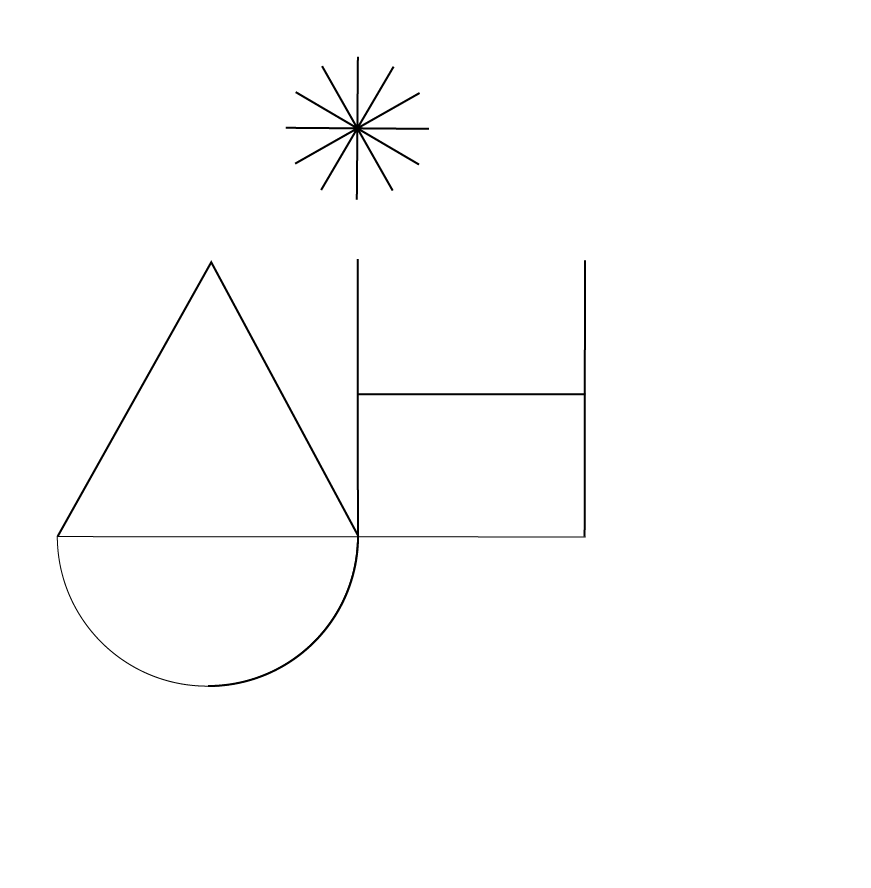
1 Malva-Schalek-Hof, Vienna 1060
Structures and Details of municipal residential building “Malva Schalek-Hof” in Vienna, named after jewish painter Malva Schalek. She lived and worked in Vienna from 1916 until july 1938. Her studio was situated right above the famous “Theater an der Wien” until in 1938 the National Socialists forced her to flee. She was deported to Ausschwitz in 1944 where she was subsequently murdered.
— Wikipedia (german)
— Works by Malva Schalek
2 Café Herrenhof, 1010 Wien
Similar to the Café Central (situated on the other side of the street) this very spacious Viennese coffee house (built in 1913) was an important meeting point for emigrated Ukrainian Intellectuals during the interwar period. Later the building was heavily transformed and is now a hotel.
— Wikipedia (german)
— Google Maps
3 Zita-Hof, 1060 Wien
Mariahilferstrasse 88a
The 1900 built Zita-Hof was partially used as accomodation space for political refugees from Ukraine. The building does not exist anymore.
— Geschichte-Wiki Wien (german)
— Google Maps
4 Postgasse 8A, 1010 Wien
Centre for support to the victims of the ongoing Russian-Ukrainian war.
— Google Maps
5 Blue Whale
Figure of speech in Tanja Maljartschuk’s novel Blauwal der Erinnerung (Blue Whale of Memory), which centers on the life of the former Ambassador to Ukraine Wjatscheslaw Lypynskyj and also depicts time and specifics of his exile in Austria. The author herself is actively supporting the Ukrainian exile in Austria. In 2023, Maljartschuk opened the Conference >Exile in Austria< with a special lecture at the LIteraturhaus Wien. It was followed by a talk on the relations between past and present of/and Austria as a country of exile.
— Literaturhaus Wien
— Review Süddeutsche Zeitung (german)
6 Hotel de France
Built in 1972 for the World EXPO of 1973, De France Hotel became a temporary home to refugees from Ukraine in 2022.
— orf.at (german)
— Google Maps
